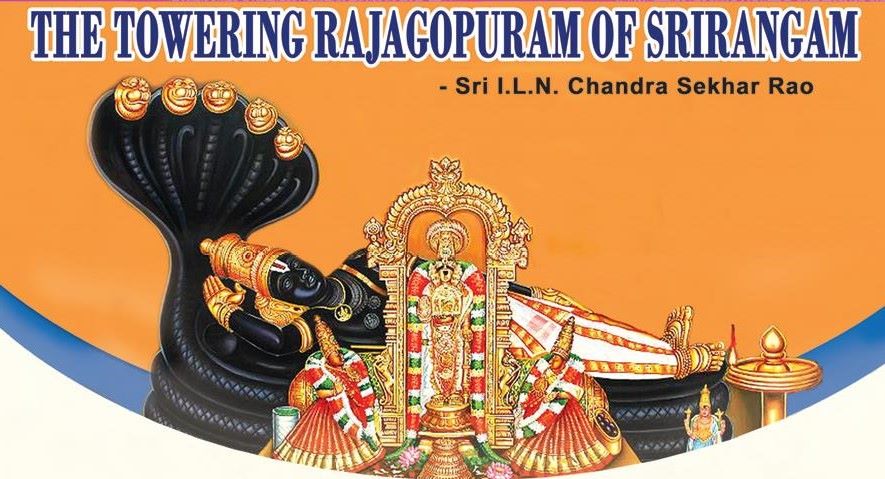Sri Ranganatha Swamy Temple, Srirangam There are several famous Sri Ranganatha Swamy Temples in India. Among them, Sri Ranganatha Swamy Temple located in Srirangam is one of the most famous and ancient historical temples. Srirangam is the foremost of eight swayam vyakta (Self-manifested) kshetrams of Sri Maha Vishnu. Srirangam – Location It is the first Read More
Ads Blocker Detected!!!
We have detected that you are using extensions to block ads. Please support us by disabling these ads blocker.

